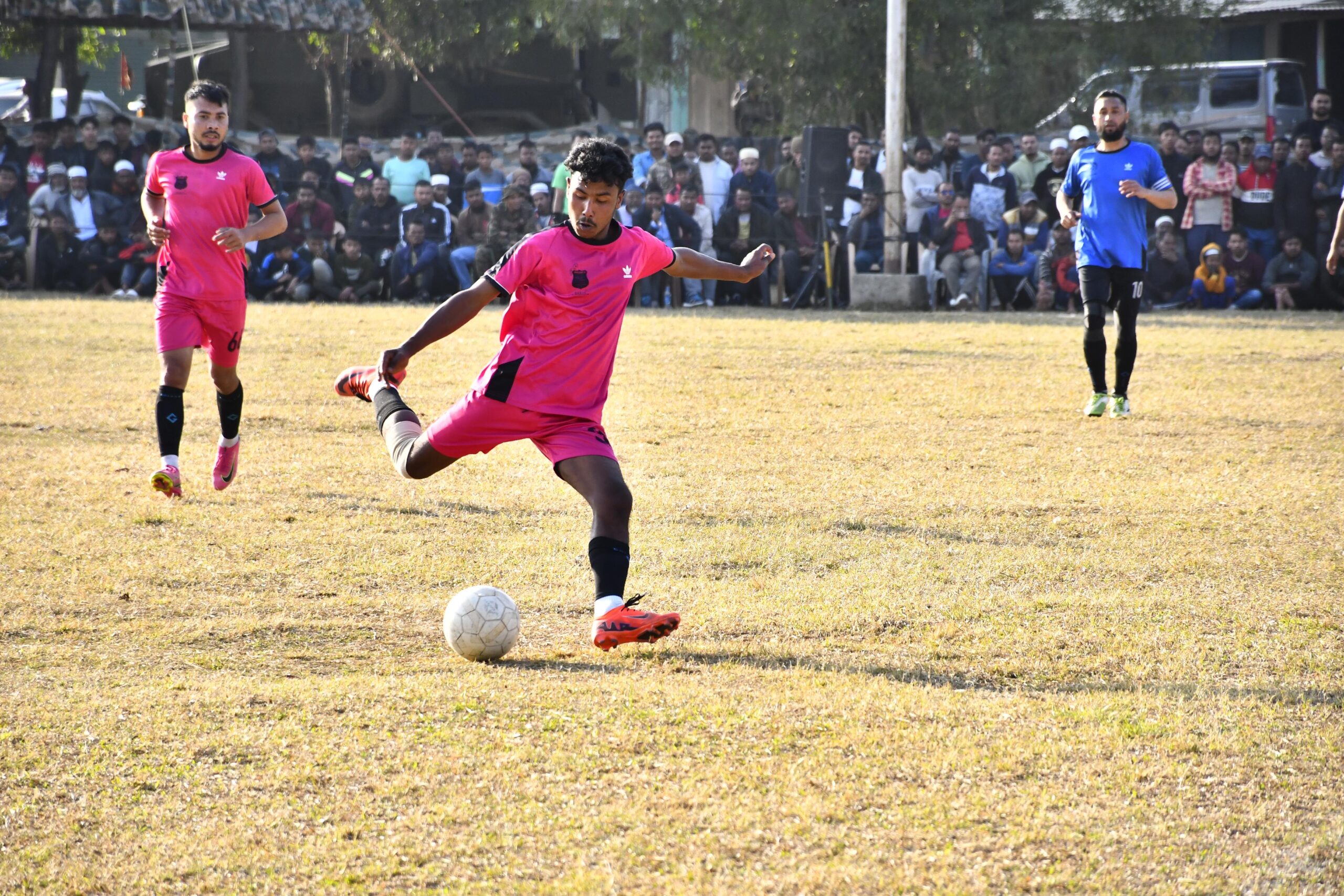Ten more captive-bred Pygmy Hogs, the world’s smallest and rarest wild pig most threatened by extinction, have been released in Manas National Park in western Assam by the Pygmy Hog Conservation Programme (PHCP) on Wednesday and Friday, officials said.
This is the third time Pygmy Hogs have been reintroduced in Manas after the successful release of 14 in 2020 and 12 in 2021.
The PHCP plans to release 60 Pygmy Hogs in Manas by 2025.
Manas field director, Dr. Vaibhav Chandra Mathur said that the pygmy hog species which has been recovered from the verge of extinction in the wild.
With the tiger reserve serving as the source stock of hogs for the PHCP, this tranche of supplementation with a captive bred population is going to strengthen conservation efforts especially for tall wet grasslands, for which the pygmy hog serves as an indicator species, he said.
Mathur said that at the same time, this is an opportunity to develop scientifically and statistically robust monitoring protocols for the species, which are practically implementable in the field on a periodic basis, so that a pulse can be kept on Pygmy Hog numbers and their distribution status.
In 1995, the UK’s Durrell Wildlife Conservation Trust, partnered with the Assam Forest Department, the IUCN, Wild Pig Specialist Group, and Union Ministry of Environment, Forest and Climate changes, to form the PHCP.
Mathur said that the iconic species now returns to their home where their last original population still survives but has considerably declined.
With this release, the number of Pygmy Hogs reintroduced into the wild by the PHCP has reached 152 (70 males, 82 females) which is more than their current original global wild population.
In 1996, six hogs (2 male, 4 female) were captured from the Bansbari range of Manas National Park to start the highly successful breeding programme.
Later, a young male rescued in 2001, and another male and two females captured in 2013 from the same range joined the captive breeding stock. Reintroduction of captive hogs in the wild began in 2008.
Initially, three protected areas in their historical distribution range in Assam were selected for better protection and restoration of alluvial grasslands.
Earlier 35 hogs (18 male, 17 female) were released in Sonai-Rupai Wildlife Sanctuary, 59 (26 male, 33 female) in Orang National Park, and 22 (11 male, 11 female) in Barnadi Wildlife Sanctuary.
Dr. Bibhab Kumar Talukdar, chief executive officer of Aaranyak, a renowned NGO and a key partner of the PHCP, said: “Conservation of lesser known species such as Pygmy Hogs, Bengal florican, and Hispid hare and other grassland obligatory species is equally important as those of charismatic species such as the tiger and the one-horned rhinoceros.
“The Pygmy Hog reintroduction effort will help the grassland as they indicate health of the habitat and also the programme envisaged to contribute for restoration of their habitat.”
In the last two years when both coronavirus and African swine fever in Assam have caused a major challenges for the PHCP, the successful release of these 14 hogs in 2020 and 12 hogs in 2021 is a landmark achievement and is the key step on the road to the establishment of a new subpopulation of Pygmy Hogs in Manas National Park.
Manas National Park, bordering Bhutan, contains some of the largest remaining grassland blocks in the sub-Himalayan grassland ecosystems.
Found only in these tall dense alluvial grasslands, Pygmy Hogs are incredibly shy and are almost never seen.
Durrell Wildlife Conservation Trust CEO, Dr Lesley Dickie, who came to Assam to take part in this year’s Pygmy Hog release, said: “Durrell has been committed to conserving the tiny but precious Pygmy Hog, and their grassland home, for decades.”















